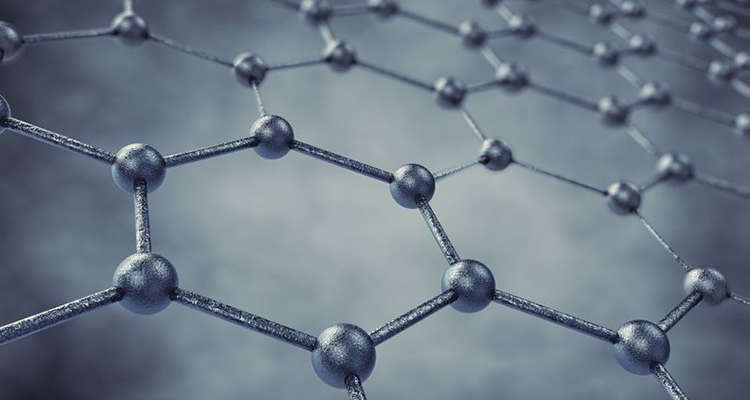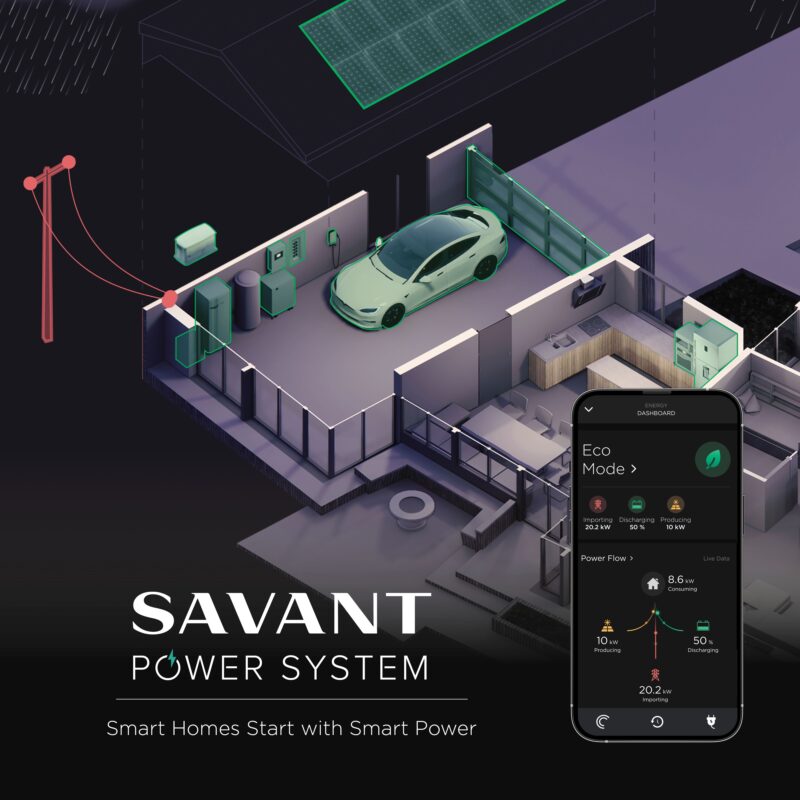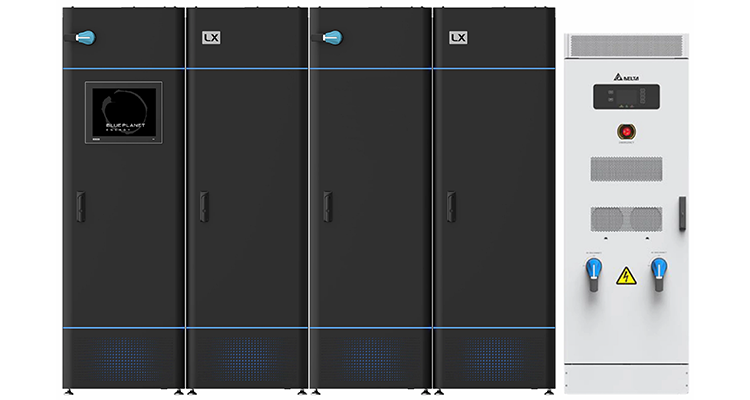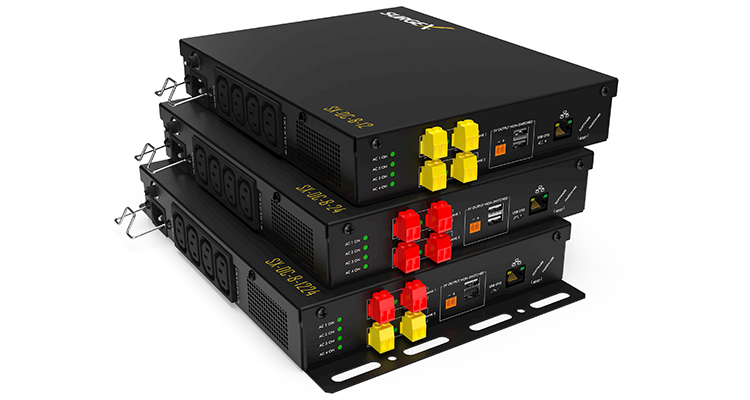Charge!
 My company has been knee deep in the design of high end audiovisual technology for a major new health education client and one of the main drivers of the project is to allow for as much portable wireless technology as possible – laptops, cell phones, tables, etc. There are a few major concerns with this directive in which we have to overcome – power being a really big one. This one rises to the top of the objectives as the client is really big on sustainability and has been recognized by not only their industry but even the current presidential administration as being a leader in environmental consciousness.
My company has been knee deep in the design of high end audiovisual technology for a major new health education client and one of the main drivers of the project is to allow for as much portable wireless technology as possible – laptops, cell phones, tables, etc. There are a few major concerns with this directive in which we have to overcome – power being a really big one. This one rises to the top of the objectives as the client is really big on sustainability and has been recognized by not only their industry but even the current presidential administration as being a leader in environmental consciousness.
With most of the students and faculty expected to have multiple devices in which to use for everything from class work, labs, research and even socializing these devices will need to be powered and recharged constantly. This is in addition to any of the audiovisual technology that is powered via battery that will be integrated into to project for everything from presentation to collaboration. The design team has taken care to explore what the current state of power demand is and to look into the crystal ball as to what it might be when this facility opens as a leading example of medical education in the future. As a result of this permeability of technology, the power demand has the potential to be significant by sheer quantity, not necessarily by the individual power draw of each device.
Currently most of these devices, as well as other technologies that run on batteries, rely on lithium-ion battery power. Lithium-ion has become the standard bearer of battery technology for its ability to store dense energy and recharge rather quickly compared to nickel-cadmium, nickel metal hydride or older alkaline batteries and others. The benefit of being able to recharge rather than replace has had a huge impact of battery usage and what ultimately would wind up in a land fill.
Limitations of many of these technologies has ranged from battery life, recharge cycles, speed of recharge and the environmental impact of the materials used in the process and product of making these energy capsules. Recently however a new technology has emerged that is sure to have a ripple effect in portable batter powered devices. Researchers at Australia’s Swinburne University developed a new batter technology using a unique form of carbon called graphene and super capacitors. Graphene is a super strong, super flexible form of carbon that has several unique properties suitable to this application including its ability to store and transfer electricity. This works because of the honey-comb shape of the graphene material having an increased surface area. The technique developed addresses many of the shortcomings of lithium-ion batteries including the number of times you can recharge them before they die, capacity of the charge, the environmental impact and the heat generated by both the charging and discharging process.
Researchers have worked for years trying to perfect superconductor batter replacements but the storage capacity has always been the limiting factor. By inserting the graphene sheets between the layers capacity and efficiency levels soared. Additionally, the environmental benefits are immediate as the graphene sheets can be 3D printed, which eliminates waste in the manufacturing process. It is made of carbon so it is neutral and harmless to the environment as well as recyclable. Since the re-charge capacity is not only immensely faster (seconds to minutes, not hours) with also a significant increase in the number of times it can be recharged before losing strength, the technology is positioned as a prime candidate for replacing your next set of batteries. Additionally, as a result of the way in which these batteries can be manufactured, the costs should be comparable or less than lithium-based batteries and will certainly be more cost-effective in terms of total ownership due to the number of recharges it can handle of lithium. Also, since the graphene sheets can be 3D-printed and are flexible, new battery shapes are possible and could even potentially be seen in wearable fabrics or intricate designs of 3D structures with minimal limitations as the graphene can also be used to develop the electronics signal pathways with batteries built into a flexible circuit board. This is still in the research phase, but it certainly will be interesting to see how it will impact building and technology design in the future and its impact on power demand.





